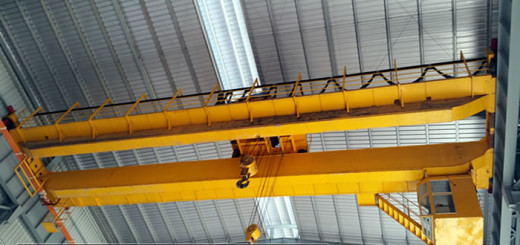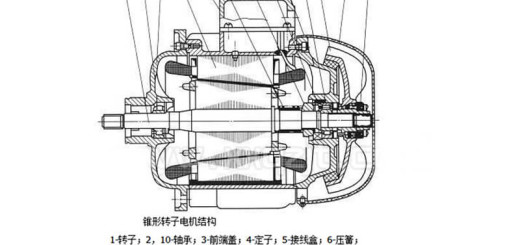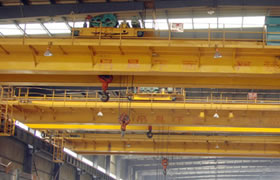Overhead Crane Wiki: OSHA Regulations for Training for an Overhead Crane Operator
According to the Associated General Contractors of America, there are an average of 22 deaths each year related to crane operation. In response to this statistic, in August, 2010, the Occupational Safety and Health Administration adopted regulations that all overhead crane operators be qualified and certified. Section 1926.1427 of the U.S. Department of Labor (Federal Register), Cranes and Derricks in Construction Final Rule outlines the requirements for training to receive either certification or qualification.
The Qualification Process
- Many overhead crane operators have decades of successful, safe operation of overhead cranes and may even have been certified by the state where they work yet have no national certification. Since these crane operators are already proficient, OSHA allows them to take the written and practical tests without further training. The tests are administered through an OSHA employee called an auditor. Once they pass the tests, they are fully qualified to operate the overhead crane.
The Certification Process
- OSHA requires everyone who wants to work as a crane operator be certified through an approved crane operator school. To be eligible to get certification, the applicant must be 18 years of age or older, obtain a Department of Transportation health certificate or equivalent, be drug free and pass the written and practical tests. The certification process requires a three or four day course with classroom and practical training.
The Tests
- Central to both qualification and certification are the written and the practical test. The written test consists of 60 multiple-choice questions covering safety procedures and inspections, crane operations and preventative maintenance. The practical test is given in an overhead crane and consists of four crane operations. The operator must lower the crane hook within a foot of the top of a test weight, lift that weight and place it inside a 60 inch circle in another part of the test area, raise the weight again and move it down a corridor then around a right-angle corner to another part of the test area and move the weight against an obstacle with an allowable side force. All of the tests must be done within a time limit.
Current Crane Operators without Certification
- Those who are not yet certified and who couldn’t be expected to become approved through the qualification testing process, can still operate a crane until they become certified. They must have received sufficient training by their employer to be considered an operator-in-training, and they must be monitored by an operator’s trainer. At the end of four years, they must either become certified or leave the profession.





